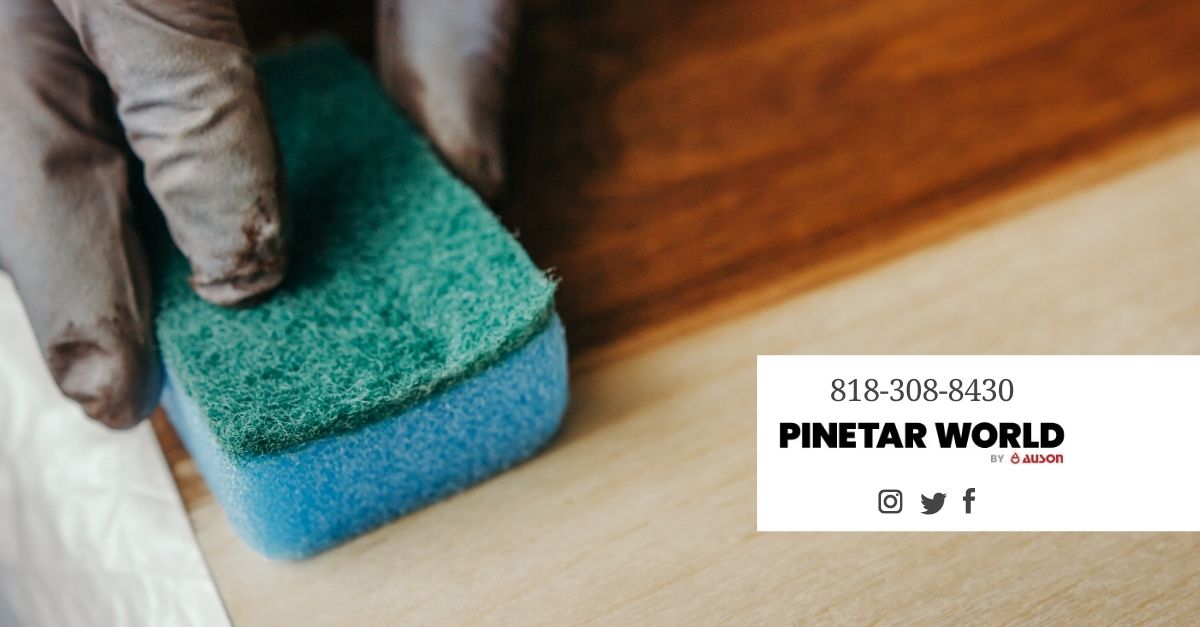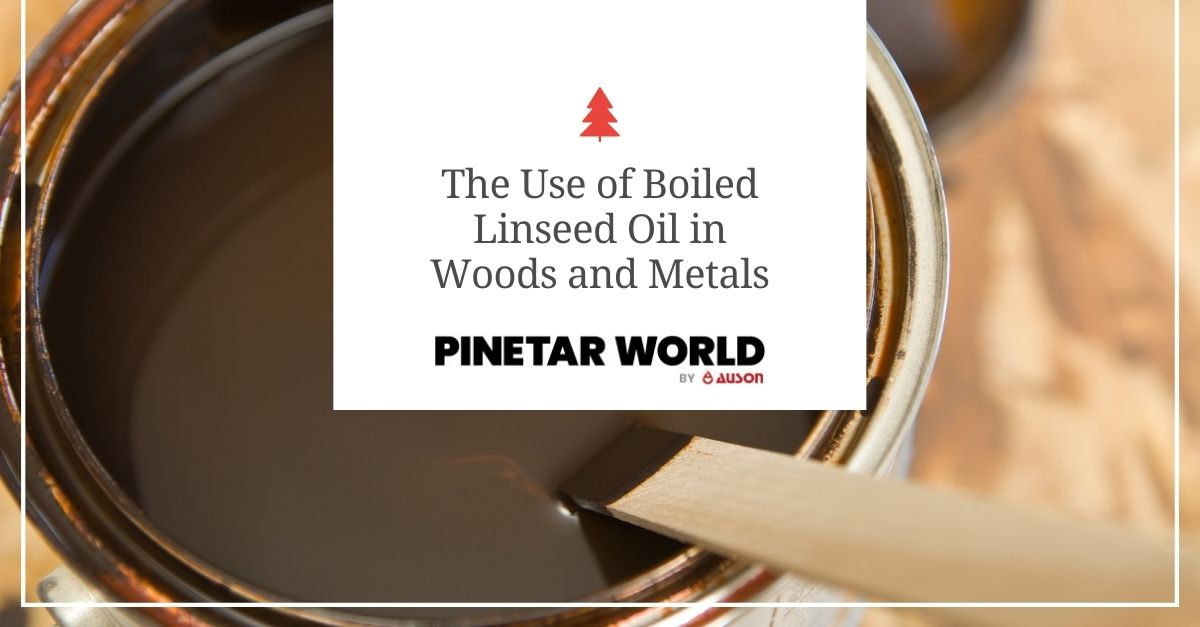Boiled linseed oil is a popular product at Pine Tar World. It’s a wood treatment for interior use. When it’s applied to wood, it can leave the surface a lovely and smooth finish. Hence, if you want a wet look at your wood surface, take a closer look at the benefits of this treatment. It can easily transform worn-out wood to better its former glory.
Can Boiled Linseed Oil be Used in Metals?
Although its popular application is on wood, this wood treatment can also be used on metal. It also protects the metallic surface and strengthens its structure. It preserves metal and prevents its surface from oxidation, thereby, preventing rust formation. According to Sciencing, “To avoid rust and corrosion, a variety of different coatings can be applied to the metal.” But it’s only applied to non-moving parts. You can use it on cast iron surfaces of larger tools, like band saws.
But it’s not just used as a surface treatment. Rather, it can soak deep into the core of wood and wooden fibers to strengthen it throughout. Some would use it on banisters, rifles, speaker cabinets, dinner trays, old tool handles, and many more.

Is this Oil Really Boiled?
Raw linseed oil when applied to the surface can take weeks to dry. But it’s different when you use boiled linseed oil. It didn’t undergo boiling, though. Rather, it has been modified with metallic solvents to ensure faster drying times
How to Use this Oil?
When it’s time for you to apply this oil onto the wood or metallic surface, you should follow the instructions found on the label of the product. Typically, you need a rag or a buffering cloth for this application.
Start dipping the clean cloth into the linseed oil. Then, slowly rub into the wood. You may go straight up and down the grain or you can follow slow buffering circles. When handing in this oil, you need to wear gloves. You must not pour the oil onto a surface. Instead, you have to apply thin layers. It’s best to test the oil on a small area first before you apply for full coverage. When it’s done, make sure to leave the surface untouched for 24 hours to fully cure.
Why is there a Need to Apply this Treatment?
Dry wood can soak up anything applied to its surface. That’s why it’s vital to apply a sealer to make the surface water-resistant. And boiled linseed oil can achieve that purpose. Since wooden surfaces contract and expand through seasonal weather, this wood treatment is great in making the surface more flexible. It can protect the wood through the changes over time.
Work Well on Most Woods and Metals
Boiled linseed oil can work very well on most woods and metals. By treating the surfaces with this oil, you are protecting them from the damaging effects of foreign elements. To shop for other wood treatment products, please visit here or call for further inquiries: (818) 308-8430.

